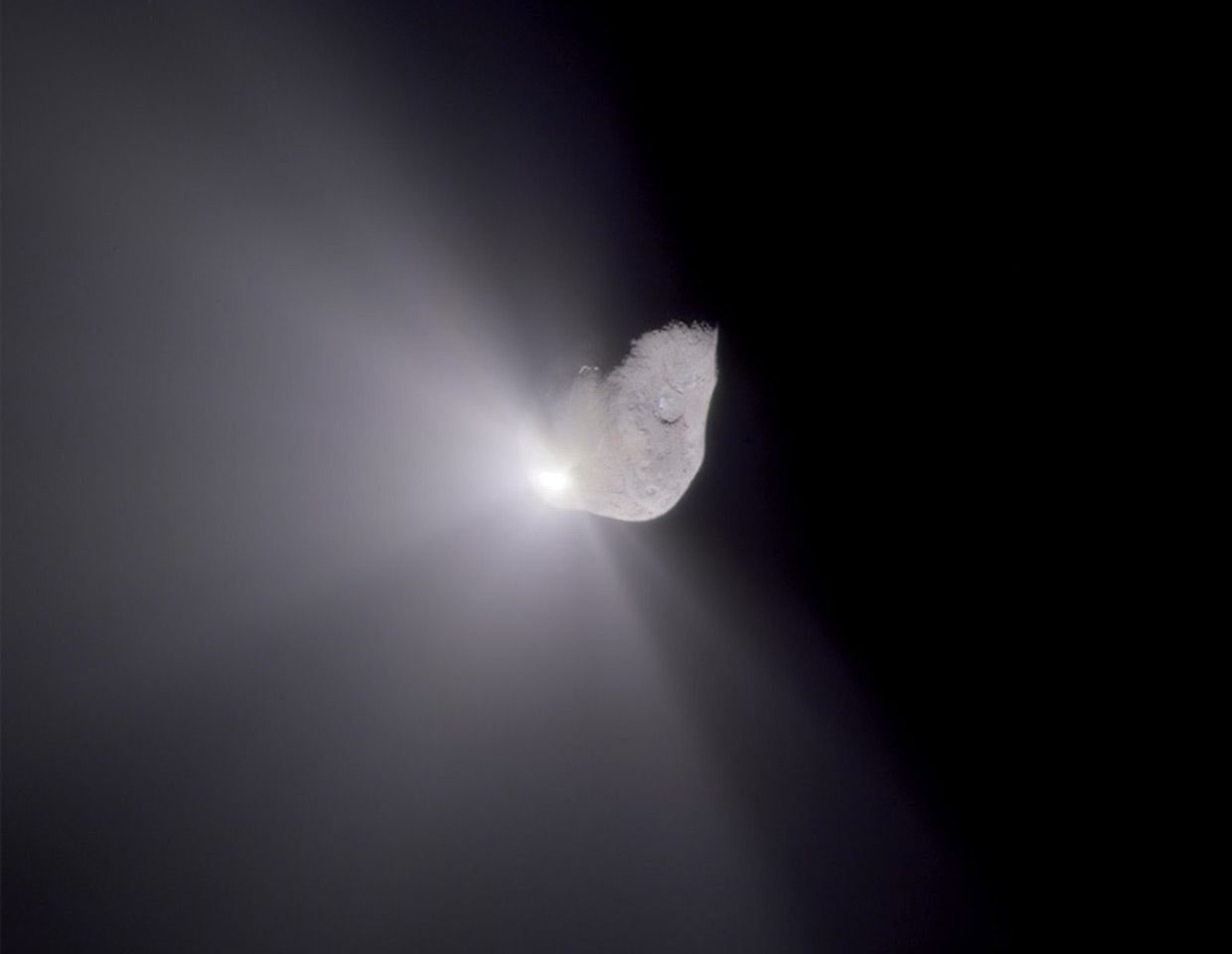Aerospace
Robot Photographers Tour the Solar System
A new book showcases photos from rovers and space probes
06 Nov 2012
Photo: NASA/JPL/UMD/Michael Benson/Kinetikon Pictures
▲
▲
▲
▲
▲
▲
▲
▲
▲
If you are viewing this page with an iPad or iPhone, click here to launch the slideshow:
/ns/slideshows/11SS_Space_ipad1a/index.html
satellitestype:slideshowMarsMoonSaturnNASAEuropean Space AgencyroverscometsMichael Bensonsunrobotic exploration
Eliza Strickland is a senior editor at IEEE Spectrum, where she covers AI, biomedical engineering, and other topics. She holds a master’s degree in journalism from Columbia University.
